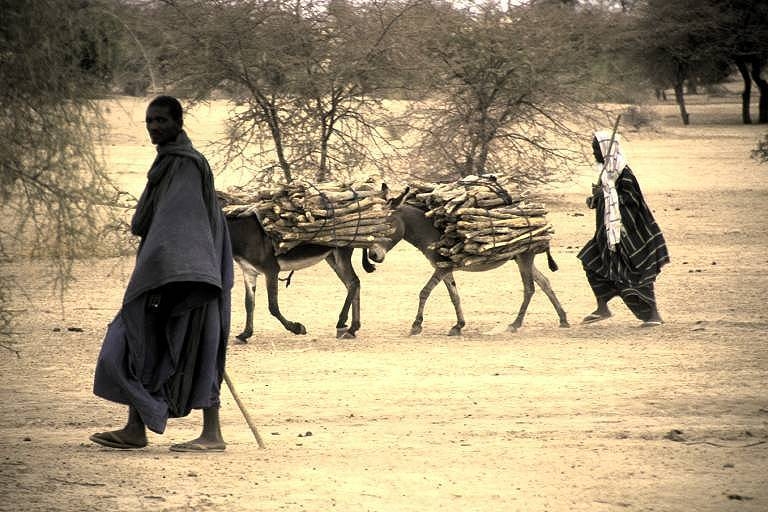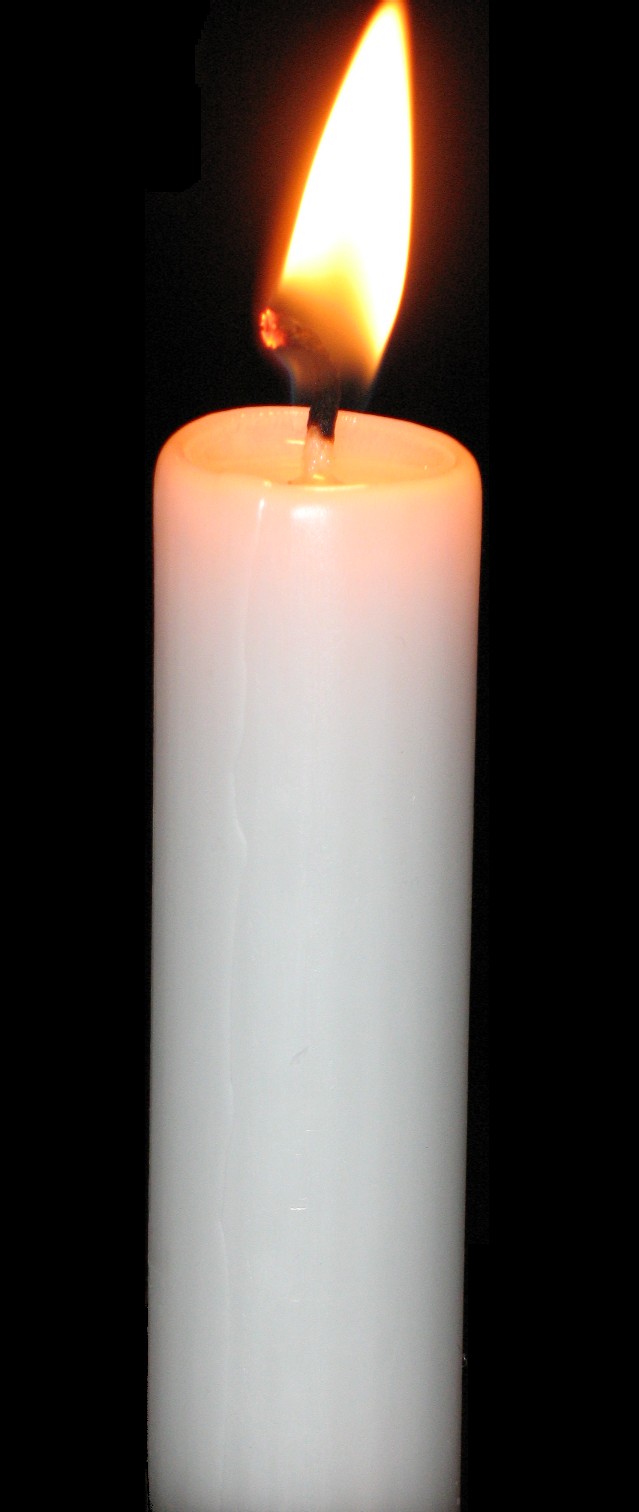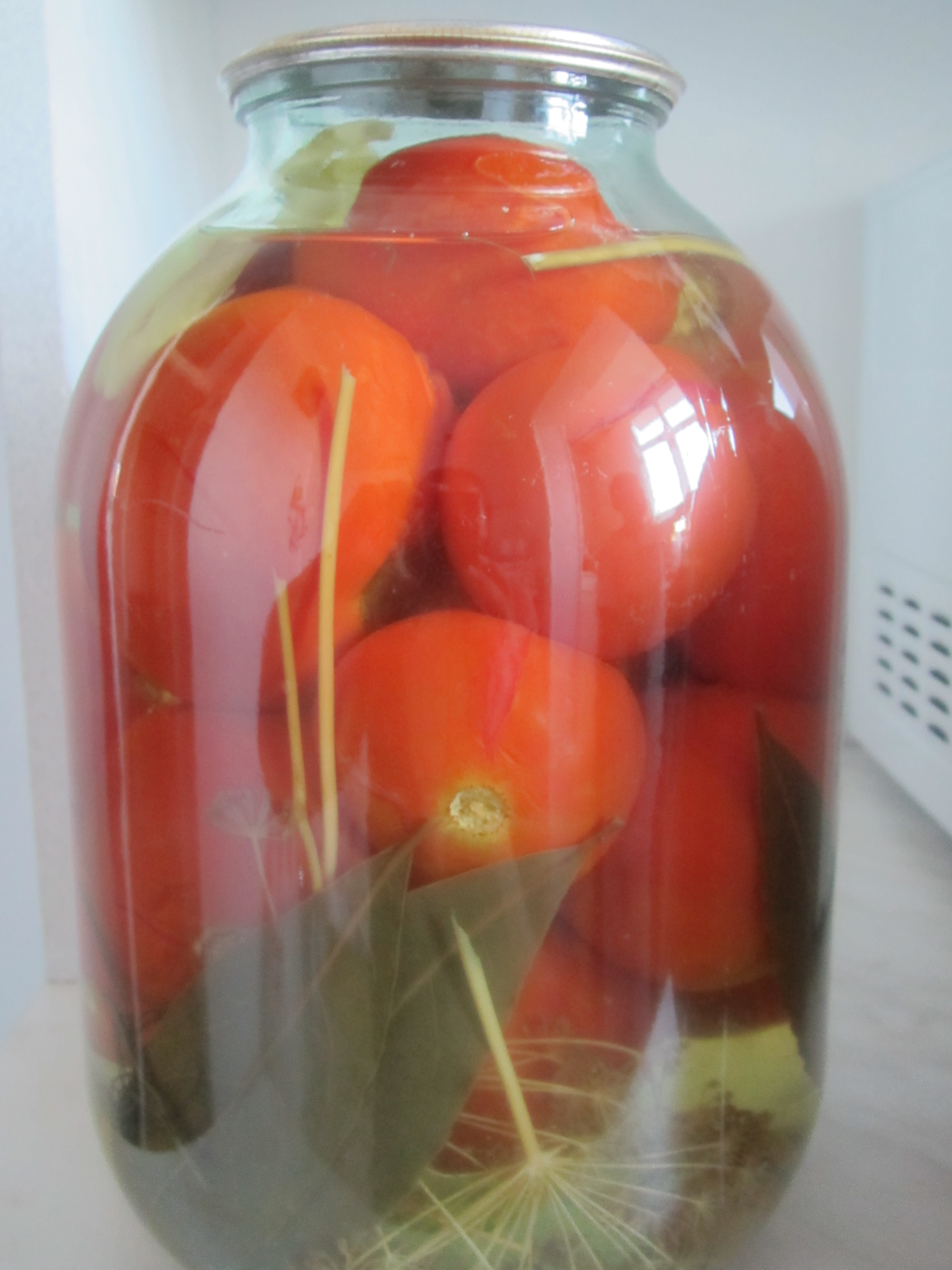|
Buddy Burner
A Buddy Burner is a simple stove made from a can and part of a corrugated paper box. It is usually fueled by paraffin wax but other fuels, such as boiled butter, animal fat or diesel fuel, can be used. It is usually used for cooking but can also provide heat. The most common type of buddy burner is made from a tuna or cat food can because of the low profile. The corrugated paper is cut into a strip as wide as the can is tall then rolled into a tight coil and placed in the can. The can is then filled with fuel (if fueled with paraffin wax it is first melted) leaving enough of the paper above the fuel to act as a wick. Using paraffin wax as a fuel has two advantages. First, when the burner cools the wax hardens making it convenient to keep in the burner for later use. Second, it is safe to refuel the burner while it is operating since placing solid paraffin wax on top of the burning stove involves no danger of the fresh fuel igniting explosively. Since oxygen is necessary for comb ... [...More Info...] [...Related Items...] OR: [Wikipedia] [Google] [Baidu] |
Stove
A stove or range is a device that burns fuel or uses electricity to generate heat inside or on top of the apparatus, to be used for general warming or cooking. It has evolved highly over time, with cast-iron and induction versions being developed. Stoves can be powered with many fuels, such as electricity, gasoline, wood, and coal. Due to concerns about air pollution, efforts have been made to improve stove design. Pellet stoves are a type of clean-burning stove. Air-tight stoves are another type that burn the wood more completely and therefore, reduce the amount of the combustion by-products. Another method of reducing air pollution is through the addition of a device to clean the exhaust gas, for example, a filter or afterburner. Research and development on safer and less emission releasing stoves is continuously evolving. Etymology The term "stove" is derived from the Old English word ''stofa'', indicating any individual enclosed space or room; "stove" may sometimes stil ... [...More Info...] [...Related Items...] OR: [Wikipedia] [Google] [Baidu] |
Tin Can
A steel can, tin can, tin (especially in British English, Australian English, Canadian English and South African English), steel packaging, or can is a container for the distribution or storage of goods, made of thin metal. Many cans require opening by cutting the "end" open; others have removable covers. They can store a broad variety of contents: food, beverages, oil, chemicals, etc. Steel cans are made of tinplate (tin-coated steel) or of tin-free steel. In some dialects, even aluminium cans are called "tin cans". Steel cans are highly recyclable, unlike materials like plastic, with around 65% of steel cans being recycled. History The tin canning process was conceived by the Frenchman Philippe de Girard, who got a British merchant Peter Durand to patent the idea in 1810. The canning concept was based on experimental food preservation work in glass containers the year before by the French inventor Nicholas Appert. Durand did not pursue food canning, but, ... [...More Info...] [...Related Items...] OR: [Wikipedia] [Google] [Baidu] |
Corrugated Paper
Corrugated fiberboard or corrugated cardboard is a type of packaging material consisting of a fluted corrugated sheet and one or two flat linerboards. It is made on "flute lamination machines" or "corrugators" and is used for making corrugated boxes. The corrugated medium sheet and the linerboard(s) are made of kraft containerboard, a paperboard material usually over thick. History Corrugated (also called pleated) paper was patented in England in 1856, and used as a liner for tall hats, but corrugated boxboard was not patented and used as a shipping material until 20 December 1871. The patent was issued to Albert Jones of New York City for single-sided (single-face) corrugated board. Jones used the corrugated board for wrapping bottles and glass lantern chimneys. The first machine for producing large quantities of corrugated board was built in 1874 by G. Smyth, and in the same year Oliver Long improved upon Jones' design by inventing corrugated board with liner sheets on both ... [...More Info...] [...Related Items...] OR: [Wikipedia] [Google] [Baidu] |
Fuel
A fuel is any material that can be made to react with other substances so that it releases energy as thermal energy or to be used for work. The concept was originally applied solely to those materials capable of releasing chemical energy but has since also been applied to other sources of heat energy, such as nuclear energy (via nuclear fission and nuclear fusion). The heat energy released by reactions of fuels can be converted into mechanical energy via a heat engine. Other times, the heat itself is valued for warmth, cooking, or industrial processes, as well as the illumination that accompanies combustion. Fuels are also used in the cells of organisms in a process known as cellular respiration, where organic molecules are oxidized to release usable energy. Hydrocarbons and related organic molecules are by far the most common source of fuel used by humans, but other substances, including radioactive metals, are also utilized. Fuels are contrasted with other substance ... [...More Info...] [...Related Items...] OR: [Wikipedia] [Google] [Baidu] |
Paraffin Wax
Paraffin wax (or petroleum wax) is a soft colorless solid derived from petroleum, coal, or oil shale that consists of a mixture of hydrocarbon molecules containing between 20 and 40 carbon atoms. It is solid at room temperature and begins to melt above approximately , and its boiling point is above . Common applications for paraffin wax include lubrication, electrical insulation, and candles; dyed paraffin wax can be made into crayons. It is distinct from kerosene and other petroleum products that are sometimes called paraffin. Un-dyed, unscented paraffin candles are odorless and bluish-white. Paraffin wax was first created by Carl Reichenbach in Germany in 1830 and marked a major advancement in candlemaking technology, as it burned more cleanly and reliably than tallow candles and was cheaper to produce. In chemistry, ''paraffin'' is used synonymously with ''alkane'', indicating hydrocarbons with the general formula C''n''H2''n''+2. The name is derived from Latin ''par ... [...More Info...] [...Related Items...] OR: [Wikipedia] [Google] [Baidu] |
Metal Fume Fever
Metal fume fever, also known as brass founders' ague, brass shakes, zinc shakes, galvie flu, galvo poisoning, metal dust fever, welding shivers, or Monday morning fever, is an illness primarily caused by exposure to chemicals such as zinc oxide (ZnO), aluminium oxide (Al2O3), or magnesium oxide (MgO) which are produced as byproducts in the fumes that result when certain metals are heated. Other common sources are fuming silver, gold, platinum, chromium (from stainless steel), nickel, arsenic, manganese, beryllium, cadmium, cobalt, lead, selenium, and zinc. Welders are routinely exposed to the substances that cause metal fume fever from the base metal, plating, or filler. The most common form of exposure among welders occurs when welding galvanized steel, of which zinc is the primary component of the galvanization process. Galvanized metal must be thoroughly cleaned using an angle grinder or other abrasive means to remove the galvanized coating before welding or burning. Brazi ... [...More Info...] [...Related Items...] OR: [Wikipedia] [Google] [Baidu] |
Canned Tomato
Canned tomatoes, or tinned tomatoes, are tomatoes, usually peeled, that are sealed into a can after having been processed by heat. Variants Canned tomatoes are available in several different forms. The traditional forms are whole peeled tomatoes, packed in juice or purée, and ground tomatoes, sometimes referred to as "kitchen-ready." Ground tomatoes are not to be confused with purée, which is similar but more cooked. Taste tests indicate that whole tomatoes packed in juice tend to be perceived as fresher-tasting than those packed in purée. Crushed tomatoes, commonly used for pasta sauces, are made by adding ground tomatoes to a heavy medium made from tomato paste. Diced tomatoes have become increasingly common for applications where a chunkier or more substantial product is needed. In recent years, the Petite Diced form (3/8" cut pieces) has become the fastest growing segment of canned tomatoes. Usage In areas and situations where in-season, perfectly ripe tomatoes are not a ... [...More Info...] [...Related Items...] OR: [Wikipedia] [Google] [Baidu] |
Candle
A candle is an ignitable wick embedded in wax, or another flammable solid substance such as tallow, that provides light, and in some cases, a fragrance. A candle can also provide heat or a method of keeping time. A person who makes candles is traditionally known as a chandler. Various devices have been invented to hold candles, from simple tabletop candlesticks, also known as candle holders, to elaborate candelabra and chandeliers. For a candle to burn, a heat source (commonly a naked flame from a match or lighter) is used to light the candle's wick, which melts and vaporizes a small amount of fuel (the wax). Once vaporized, the fuel combines with oxygen in the atmosphere to ignite and form a constant flame. This flame provides sufficient heat to keep the candle burning via a self-sustaining chain of events: the heat of the flame melts the top of the mass of solid fuel; the liquefied fuel then moves upward through the wick via capillary action; the liquefied fuel fina ... [...More Info...] [...Related Items...] OR: [Wikipedia] [Google] [Baidu] |
Bain-marie
A bain-marie (; also known as a water bath or double boiler), a type of heated bath, is a piece of equipment used in science, industry, and cooking to heat materials gently or to keep materials warm over a period of time. A bain-marie is also used to melt ingredients for cooking. History The name comes from the French or , in turn derived from the medieval Latin and the Arabic , all meaning 'Mary's bath'. In his books, the 300 AD alchemist Zosimos of Panopolis credits for the invention of the device Mary the Jewess, an ancient alchemist. However, the water bath was known many centuries earlier ( Hippocrates and Theophrastus). Description The double boiler comes in a wide variety of shapes, sizes, and types, but traditionally is a wide, cylindrical, usually metal container made of three or four basic parts: a handle, an outer (or lower) container that holds the working fluid, an inner (or upper), smaller container that fits inside the outer one and which ho ... [...More Info...] [...Related Items...] OR: [Wikipedia] [Google] [Baidu] |
Beverage-can Stove
A beverage-can stove, or pop-can stove, is a do it yourself, ultralight, alcohol-burning portable stove. It is made using parts from two aluminium beverage cans. Basic designs can be relatively simple, but many variations exist. Total weight, including a windscreen/stand, can be less than one ounce (28 g). The design is popular in ultralight backpacking due to its low cost and lighter weight than commercial stoves. This advantage may be lost on long hiking trips, where a lot of fuel is packed, since alcohol has less energy per gram than some other stove fuels. Of the available fuels, methanol delivers the least energy, isopropyl alcohol delivers more, butanol is hardly ever used, and pure ethanol the most. Denatured alcohol and rubbing alcohol are frequently used for this purpose, as it often contains a mixture of ethanol and other alcohols. All but isopropyl alcohol burn with a smokeless flame; it can provide both light and heat. History and design The basic design dat ... [...More Info...] [...Related Items...] OR: [Wikipedia] [Google] [Baidu] |
Portable Stove
A portable stove is a cooking stove specially designed to be portable and lightweight, used in camping, picnicking, backpacking, or other use in remote locations where an easily transportable means of cooking or heating is needed. Portable stoves can be used in diverse situations, such as for outdoor food service and catering and in field hospitals. Since the invention of the portable stove in the 19th century, a wide variety of designs and models have seen use in a number of different applications. Portable stoves can be broken down into several broad categories based on the type of fuel used and stove design: unpressurized stoves that use solid or liquid fuel placed in the burner before ignition; stoves that use a volatile liquid fuel in a pressurized burner; bottled gas stoves; and gravity-fed "spirit" stoves. History Early example The shichirin, a lightweight charcoal stove, has been used in Japan in much the same form since at least the Edo period (1603-1868). Old shic ... [...More Info...] [...Related Items...] OR: [Wikipedia] [Google] [Baidu] |







